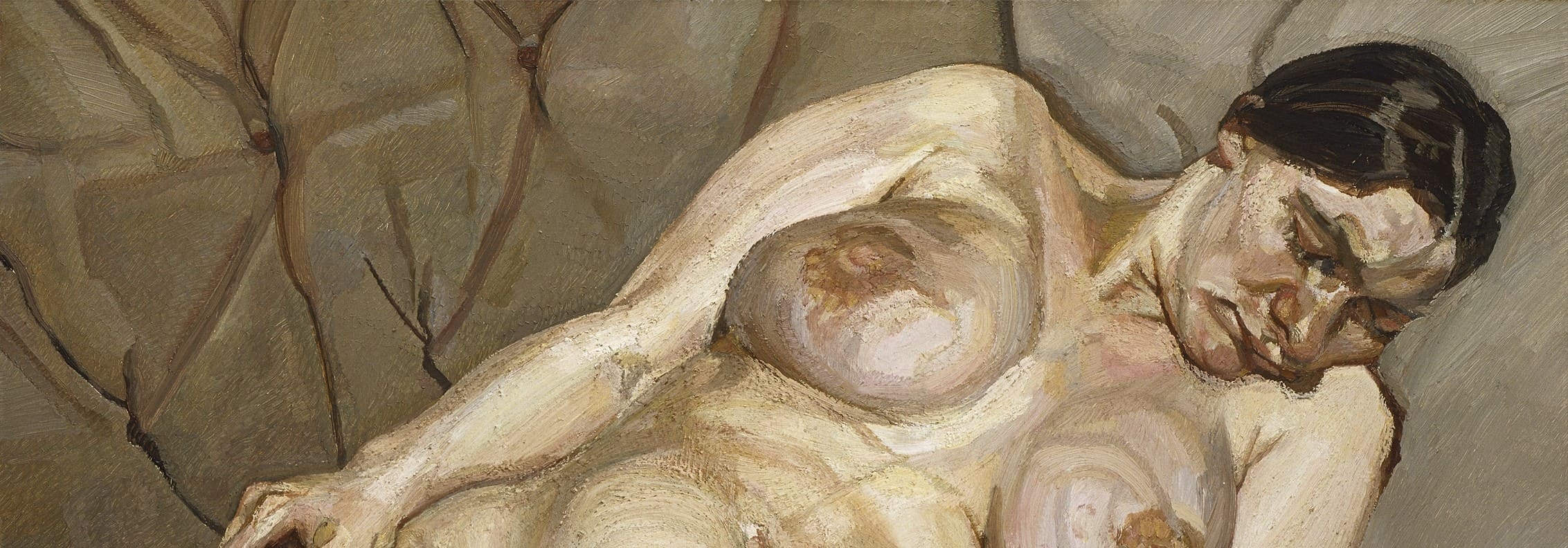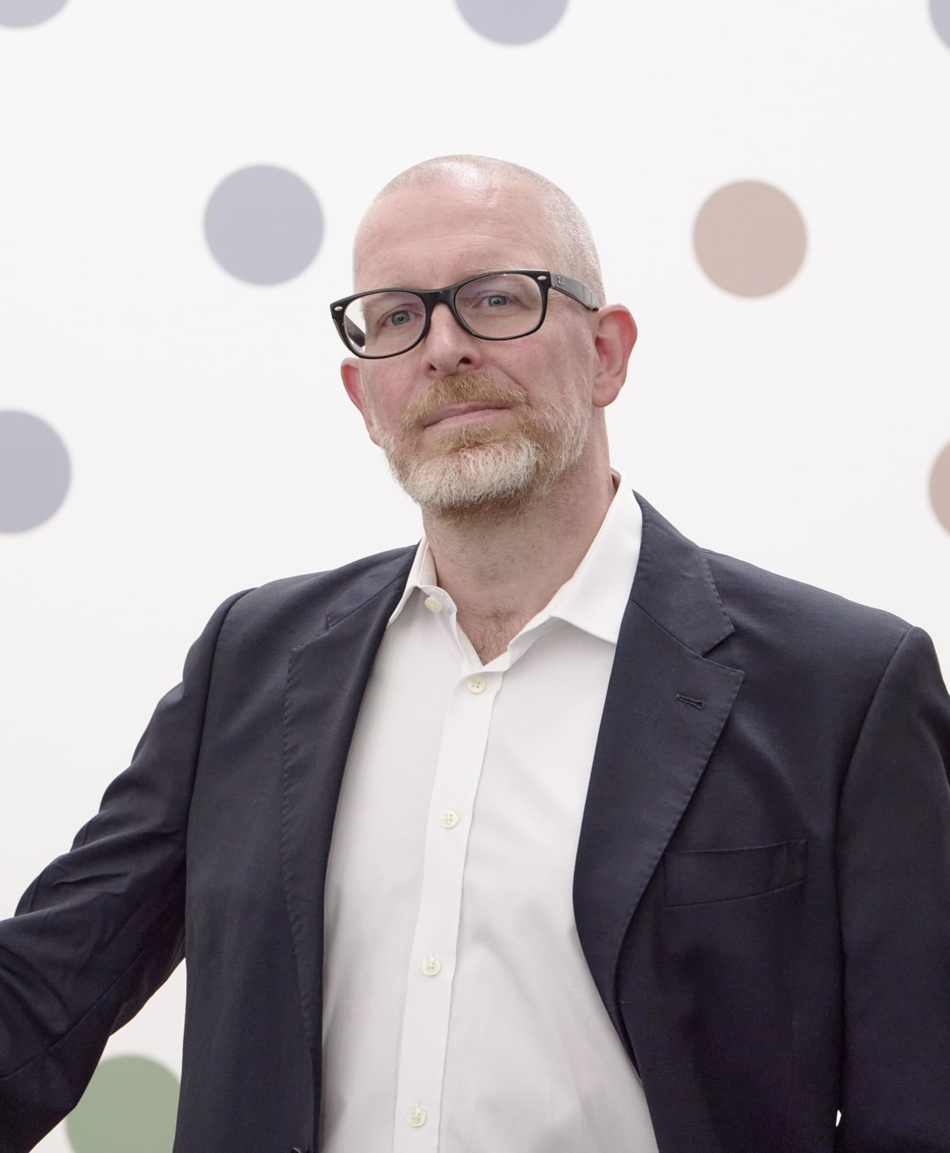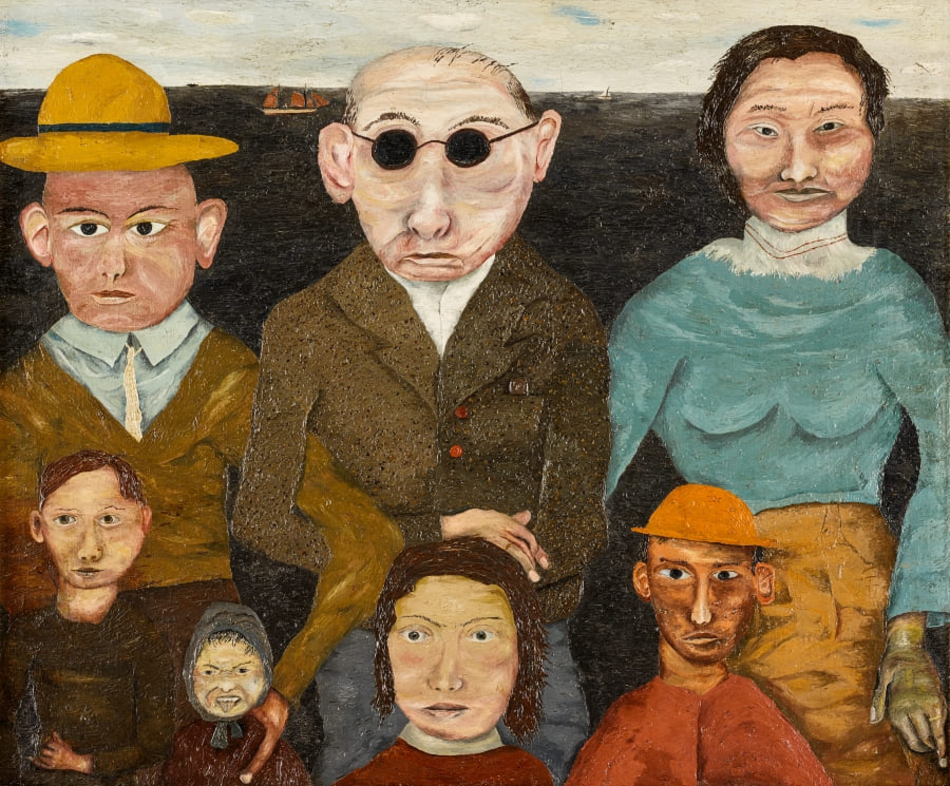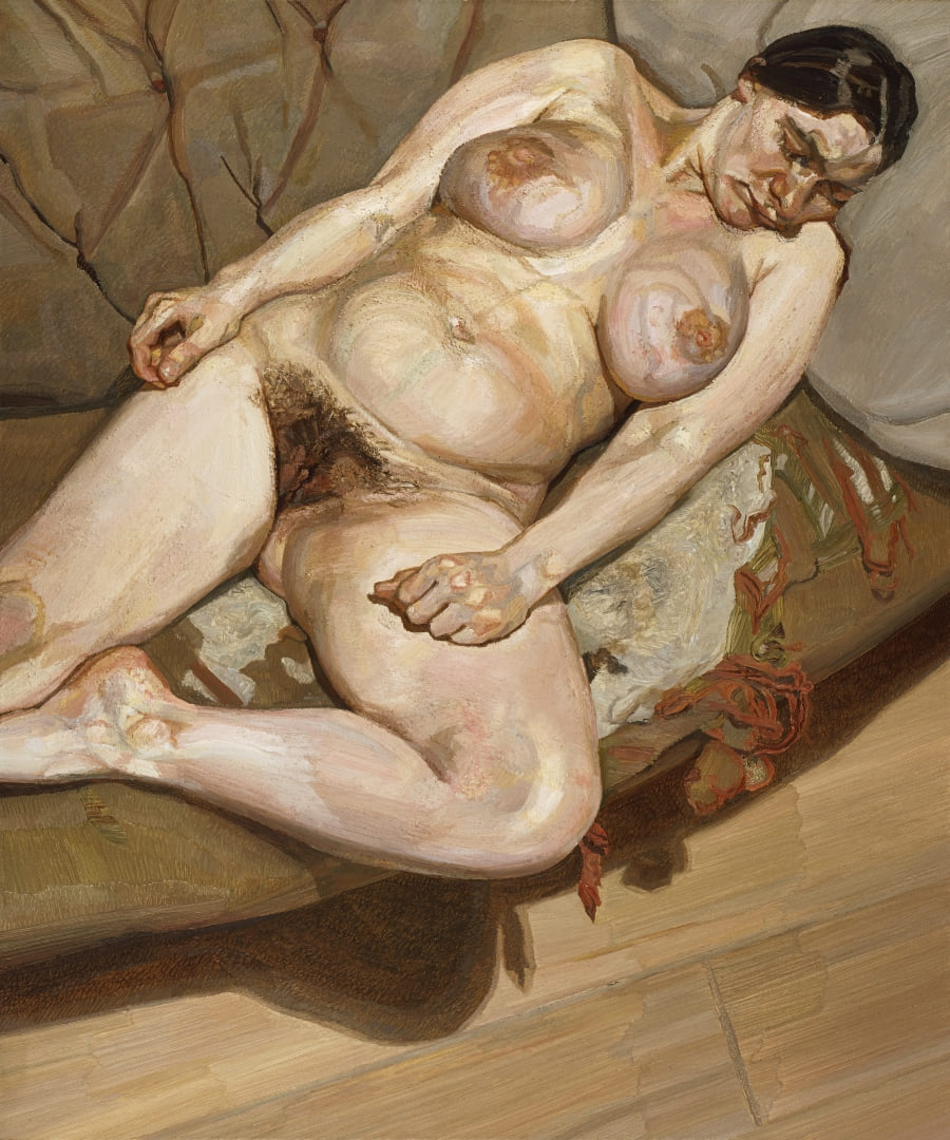
An interview with curator Daniel F. Herrmann on Lucian Freud: New Perspectives
The artist Lucian Freud once said: “I go to the National Gallery rather like going to a doctor for help.”
To find out all about the major National Gallery show marking the centenary of the birth of major 20th century artist Lucian Freud, which runs until January 22, we spoke to Daniel F. Hermann, the National Gallery’s Curator of Modern & Contemporary Projects.

Daniel told us about why Freud is still so relevant today, how the artist’s work developed over the years, and what he hopes the public will take away from the exhibition.
What is the show’s main purpose?
At the National Gallery we try to tell the story of the tradition of Western European painting from roughly 1200 to roughly 1900. But it's also our job to tell the story of painting throughout the 20th century and the 21st century, and of course to do that you have to talk about Lucian Freud. Lucian Freud is really one of the most important figurative painters, not just from Britain, but of the 20th century. He's very well exhibited and there have been a number of excellent exhibitions in the past but Freud has very often in the past been overshadowed by his name, by his fame. He was the grandson of Sigmund Freud, the father of psychoanalysis, and Freud himself was always very prominent in the British newspapers and the British tabloids. So we wanted to look at Freud's work on the occasion of his 100th birthday and see how his painting holds up and why his painting is still relevant today.

How does the exhibition reflect his relevance today?
We show Freud’s very early works and how the work of an artist whose commitment to painting was really second to none developed. People often talk about artists, and particularly painters, as geniuses who were fully formed and kind of fell from the sky, and then we all revere their work. Freud was incredibly talented, but also incredibly hard working and striving to always discover something new over the course of 70 years. When I talk to contemporary artists now, or to young artists, they are amazed by the variety of painting that they can see in the work of an artist like Lucian Freud, and how he dared to try out new things, and how committed he was to his work to the point of making quite some sacrifices. He deliberately described himself as a selfish man. That commitment is important.
What was it about his work that attracted the most criticism?
If you look at the 1960s, 1970s in the United Kingdom, abstract art was very popular and then we saw the rise of Pop Art, performance art and conceptual art, all being developed by extremely talented artists all over the world. And in Britain, Freud had nothing to do with that. He wanted to paint, and he wanted to paint in a figurative way. He was criticised for being conservative and he was committed to painting despite that. It allowed him to develop new ways of working and achieve heights of painting that I find fascinating.

We can see that in his late work, large formats of very often sitters with non-traditional, or non-normative bodies. They're not idealised bodies. It was fascinating for our exhibition to see how much Freud revelled in painting these non-normative bodies, and in celebrating the differences of the human form. That very often strikes people as ‘not beautiful’. I believe Freud makes them beautiful, even though they might not strike us as fashion models. That is very important to contemporary artists today.Another aspect that became very interesting for us is to look at how Freud has been talked about, and how the language of talking about Freud has evolved.
